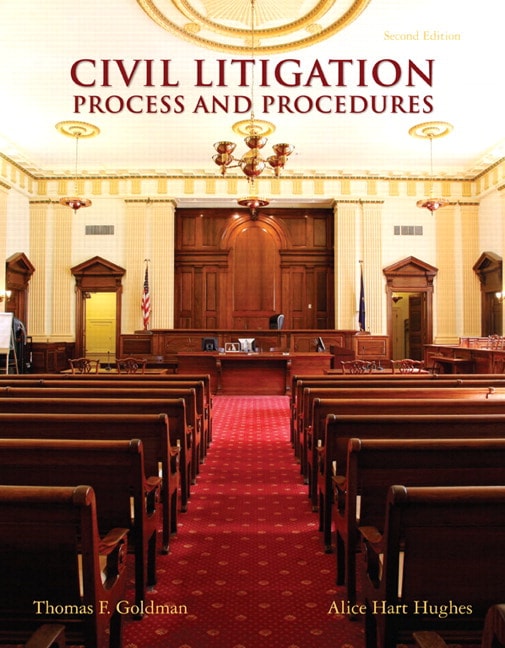This is the first step of the litigation process. Litigation is the process of suing someone for perceived wrong. Civil lawsuits can be settled out-of-court. People usually try to reach an agreement by resolving the conflict. This is done to avoid litigation and curb the expenses. If no settlement can be reached upon, the plaintiff files a complaint in court. The copy is then submitted to the defendant. The defendant then is given a certain time period to respond. A third party might try to resolve the conflict and bring the concerned parties to a consensus. If not, the case moves on to the next stage.

The business was beginning to fail and it was decided to close the doors. As part of the natural reconciliation for the CPA, the company’s financial statements had to be created. As luck would have it, the partner’s computer crashed and Quickbooks was erased! He said, no problem, he would get all the bank statements and reconstruct the Balance Sheet. Two weeks went by… no paperwork. The printed bank statements and his new Balance Sheet and total reconciliation was finally turned over after several conversations.
What is civil litigation? civil litigation is a lawsuit whereby a party seeks damages against another party. The damages can come in the form of money or the modification of some type of conduct. For instance, one can sue for breach of contract if another party fails to live up to the terms of a written agreement. One can also sue for a restraining order to bar a competitor from using various business property such as intellectual property rights. Importantly, civil litigation is not a criminal matter, to wit, the party that loses the case does not go to jail.
I took a look at the grant packages he was applying to. The answer was incredibly obvious. The grants were tailored towards the proposals that would encompass the establishment of court processes and constitutional legislative drafting. Put another way, the agencies offering the grants were looking for someone to help set up the courts and write legislation, not someone to teach Eastern Europeans how to sue for negligence!
To win any civil lawsuit, you need to show the element of damages. If a person slanders you by screaming untold curses that are not true, it really doesn’t matter if they do it in the middle of the Sahara where nobody can hear it. In such a case, there is “no harm” and thus no damages.
The breach of duty was the direct cause of an injury. The actions of the driver must have directly led to your injury. If, for example, the driver ran a red light and hit your car, breaking your legs, the driver has directly caused your injury. If the connection between your injury and the other driver’s negligence is more tenuous, you might want to discuss your case with a car accident lawyer.
